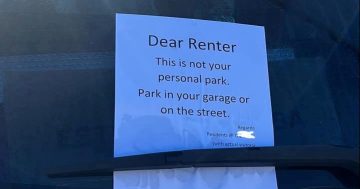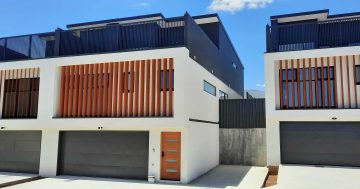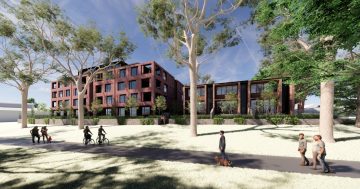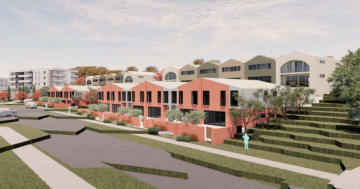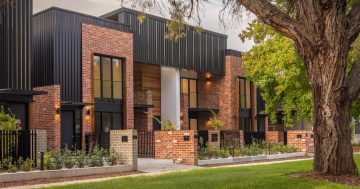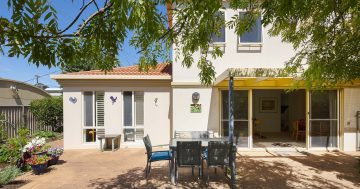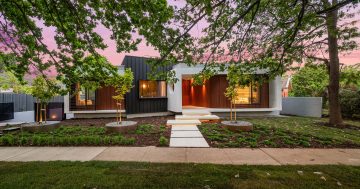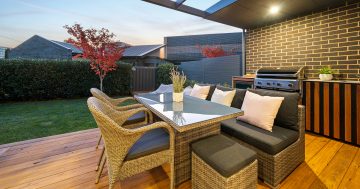
“What is this? A centre for ants?” Zoolander had a point about urban design not meeting the needs of real (human-sized) people. Image: Screenshot.
Each day as I make my way home down a busy street in the inner north, I join my neighbours in a tedious game of dodgem cars, where we negotiate the parked cars on both sides of an otherwise wide road, which makes it impossible for cars to pass each other without pulling over.
Of course, because so many cars are parked on the street, finding somewhere to pull over to let another car pass in the other direction is a puzzle of its own. Sometimes, we can spend several minutes just trying to make the final 50 metres to the driveway for our complex.
An obvious solution would be making the street a no parking zone – but this would be to the detriment of residents in the multiple medium-density townhouse and unit developments on the street because they won’t have anywhere to put their cars. The question I have is, why on earth wasn’t this planned for better in the development process?
In our complex of townhouses, we have the bare minimum of parking as per the Territory Plan – one-bedroom dwellings have a one-car garage, and two, three and four-bedroom houses have a (just) two-car garage. There are a couple of other spaces that people have purchased separate from their house, and then the minimum of one visitor spot per four dwellings.
But these provisions, while meeting the technical requirements, are out of step with the reality of urban life in Canberra where the majority of adults have their own car. A couple living in a one-bedroom townhouse almost certainly have two cars. Public transport is still so abysmal that driving to work is the easier option. We would have to, at minimum, walk 20 minutes to get to a light rail stop or catch multiple buses to get to our workplaces (and we still do use the light rail, but often drive to parking spots closer to the stop). Doing basically anything after work or on weekends requires a car.
If you’re sharing between two people, you need to be very coordinated or patient. My partner and I shared a car for years, but that was really only possible because we lived in Braddon and the city.
So what ends up happening is that people park one car in their allotted space and the other on the street or in a visitor spot for as long as they can get away with it. Our garages are also so small that you can’t put any storage in them if you’re parking your car there, so people have clearly chosen between the two and opted to park their cars on the street.
And if you have a ute or larger SUV, you can’t actually fit in the garage, so there’s a lineup of Ford Rangers and Hiluxs along our street.
Having lived in apartments and townhouses across the inner north, parking has always been an issue and the source of many gripes between neighbours as people resort to dodgy tricks (like parking their own car in) to squeeze their second vehicle onto the property.
This seems like one of those issues that could have been easily avoided with better planning, but as community advocates would tell you, residential parking in medium and high-density developments in Canberra has been the source of frustration for a very long time. The provisions in the Territory Plan seem to be made for a different version of our city where driving is a choice and not a necessity.












